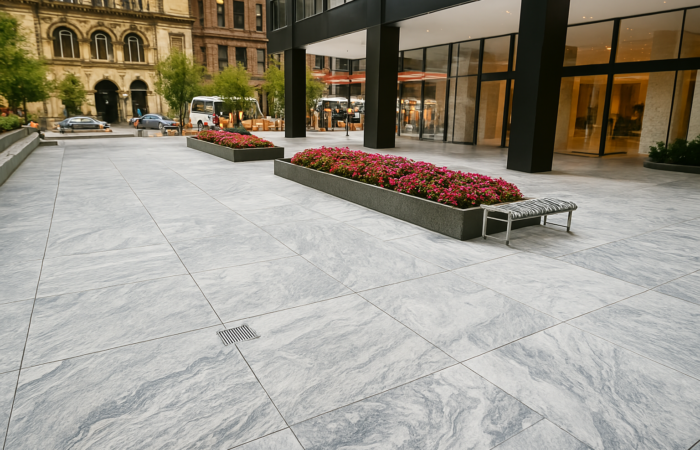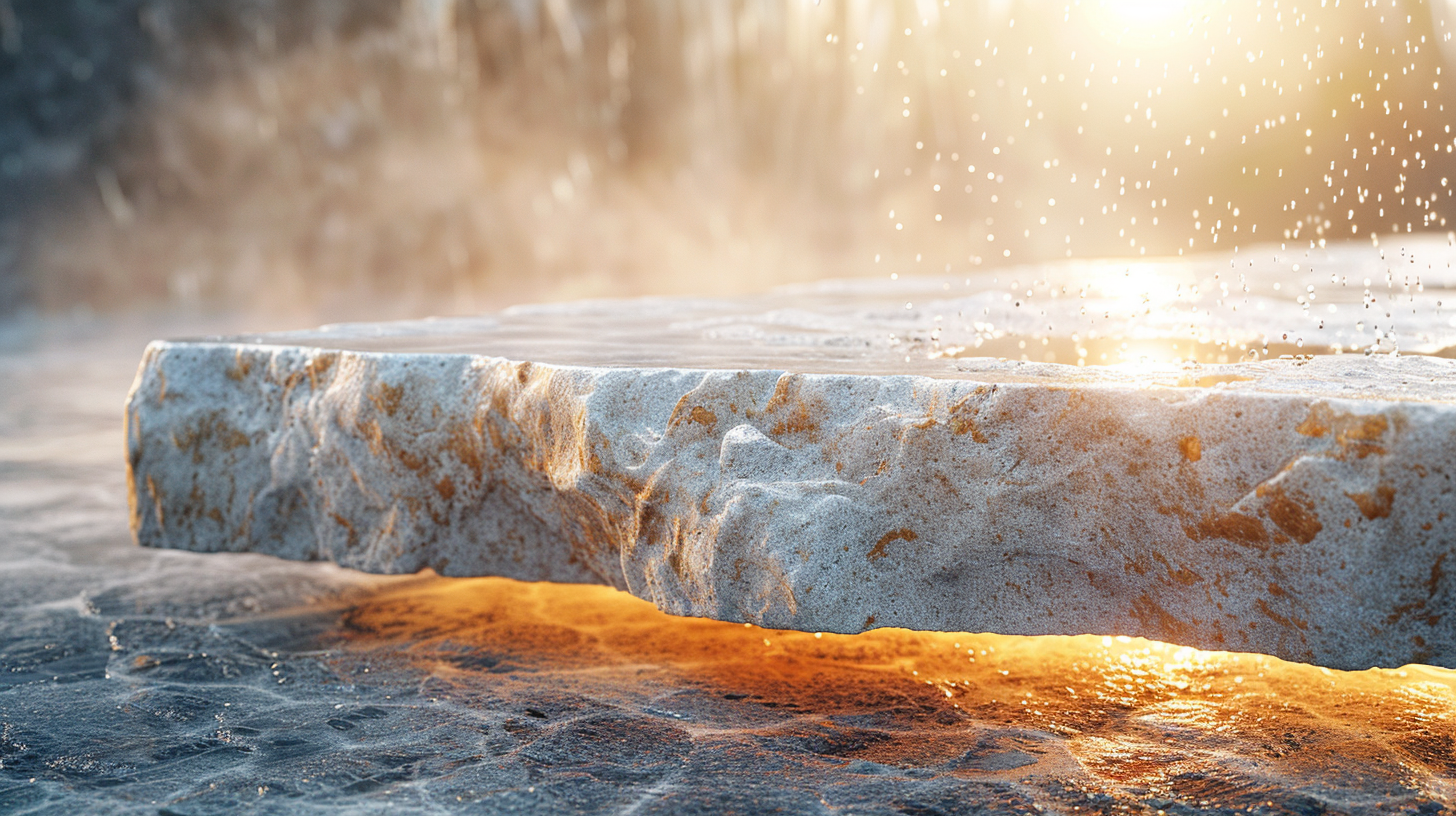Marble, limestone, and travertine are popular natural stones used in construction and design. While they may appear similar, each has unique characteristics. Let’s delve into their differences to help you make informed decisions for your projects.

1. Formation and Composition:
Limestone: A sedimentary rock formed from mineral deposits, primarily calcium carbonate.
Travertine: A type of limestone formed around mineral spring deposits, characterised by its porous texture.
Marble: Formed when limestone undergoes metamorphism, resulting in a denser and more crystalline structure.

The Hidden Value of Stone Restoration in Increasing Property Appeal
2. Appearance:
Limestone: Typically exhibits a uniform color with subtle patterns.
Travertine: Features natural holes and troughs, offering a more textured look.
Marble: Known for its veining patterns and a wide range of colors.
3. Durability and Maintenance:
Limestone: Less dense, making it more susceptible to scratches and requires regular sealing.
Travertine: Porous and needs filling and sealing to prevent staining.
Marble: Denser but can be prone to etching from acidic substances; regular maintenance is essential.
4. Best Uses:
Limestone: Ideal for flooring, wall cladding, and outdoor applications.
Travertine: Suitable for patios, pool surrounds, and bathrooms.
Marble: Preferred for countertops, flooring, and decorative features.
Understanding these distinctions will guide you in selecting the right stone for your specific needs, ensuring both aesthetic appeal and functionality.
Book a FREE consultation! Get a Quote Today!





